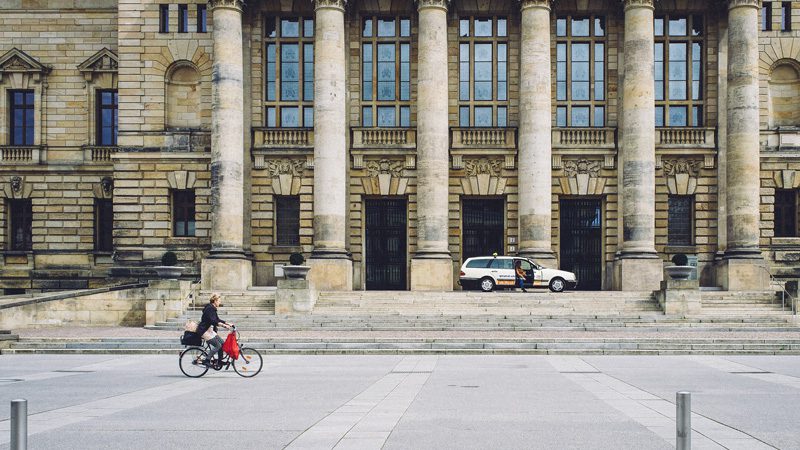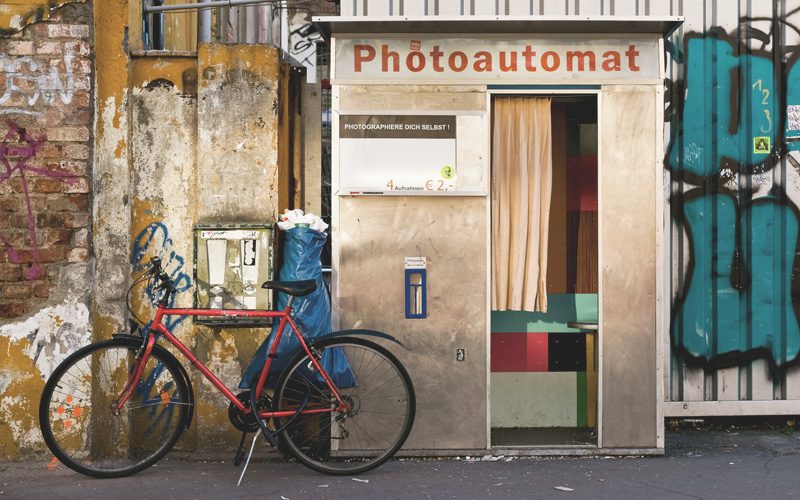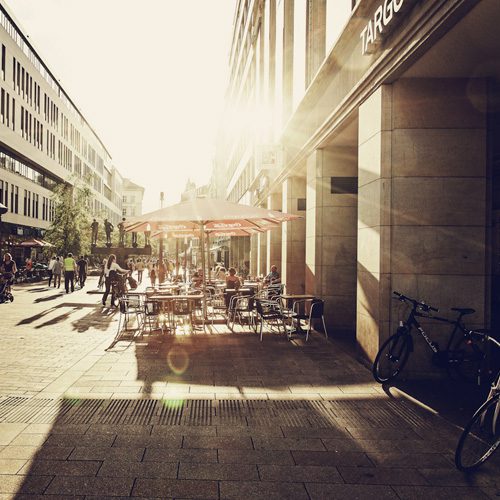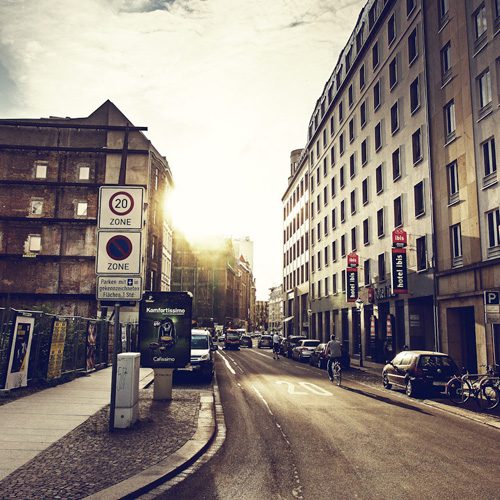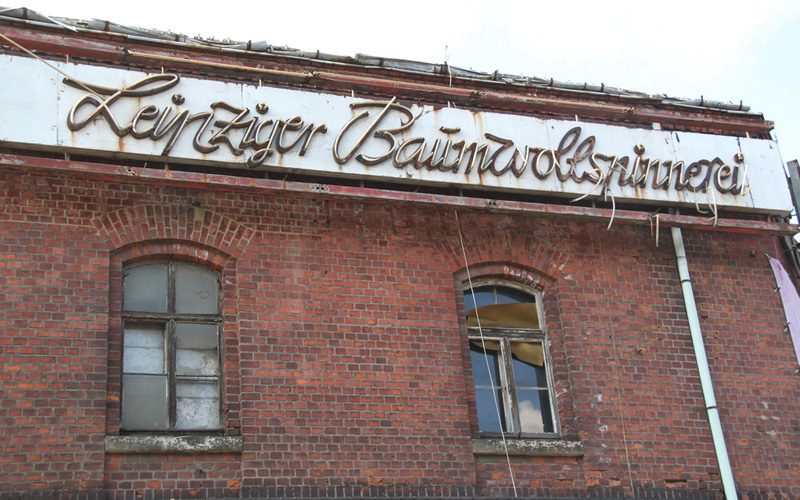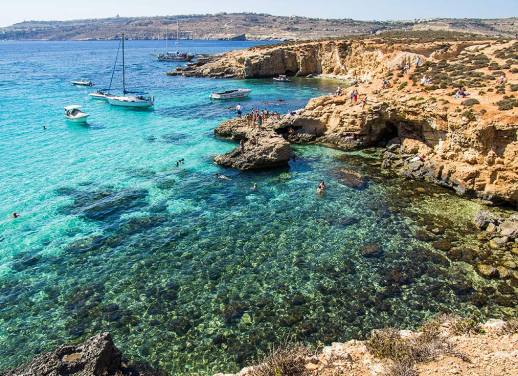Ask the kids in Germany. They’ll tell you. With a grunge, hipster scene, splashes of urban graffiti and a nightlife that can rival that of Europe’s cultural capital, Leipzig is fast becoming the new Berlin.
Sitting just south of the capital, Leipzig is small, with a vibe more akin to Berlin’s trendier neighbourhoods and the smaller towns and villages of Germany. The aesthetic feel of the city is a bit of a hodgepodge, with historical and modern day architecture intertwining, especially in the main square of the city — Augustusplatz — where traditional German-style buildings sit side-by-side with refurbished Baroque classics, Art Nouveau masterpieces and slick, modernist glass.
Rewind 25 years ago and the future of Leipzig was in doubt. Days before the fall of the Berlin Wall there were concerns for the crumbling East German city. Buildings were abandoned, places left to deteriorate and no proper industries were feeding the stale economy. Between the fall of the Berlin Wall in 1989 and late 1990s, over 100,000 people left the city, most going to find work in the bigger urban centres like Berlin and Munich. Despite its stunted popularity growth after decades of urban shrinkage, developers, entrepreneurs and creatives alike are now catching on to one of Europe’s most liveable cities with its potential to become the next big thing. It’s one of the great examples of European urban renewal, an economic and social regrowth driven partly by affordability (cheaper rents attract a more bohemian crowd) and partly by city policy. And the plan is working. Travellers are coming in their droves.
Leipzig is undergoing a resurgence. Part of the appeal, over say the bustling streets of Kreuzberg or Friedrichshain in Berlin, is its slower pace and more intimate setting. There’s a new lease of culture, life and industry, all without the hefty price tag. The young creative scene is thriving with a combination of alternative cultures displayed throughout the city. With over 500,000 citizens occupying Leipzig today and despite the high unemployment rate, there is a buzz in the air. No wonder the locals are calling it ‘Hypezig’.
The ‘it’ district, Plagwitz, is decked out in industrial chimneys and brick housing combined with rejuvenated, once derelict buildings. Various styles of colourful murals and street art are not the only artistic flair oozing out of the city either, with numerous art exhibitions being housed in dilapidated warehouses and factory buildings including Westwerk in the trendy district of Plagwitz. Covering over 10 acres, the former cotton mill, Baumwollspinnerei, is now the centrepiece of Leipzig’s art tourism appeal – it’s home to over 120 artists’ studios and workshops.
In certain areas of Leipzig, you could be mistaken for thinking you’re in Berlin. The artistic neighbourhoods do have a lot in common with Berlin’s famed hipster and nightclub hotspots, Kruezburg and Friedrichain. In Leipzig though you get the feeling that the city isn’t trying too hard. The art scene is happening naturally, with some of the country’s most exciting up-and-comers getting on board. For the party animals out there, there’s also a techno clubbing scene that’s gaining international attention.
These are the spots in Leipzig that many of the creatives – the young and the trendy – flock to on a Friday or Saturday night. It’s all about the no-thrills, cheap-living, open attitude to let be, in a city that embraces the alternative. You thought Berlin was the centre piece of alternative in Europe? Think again.
Ready for a German small group adventure? We’ve got a currywurst with your name on it.

